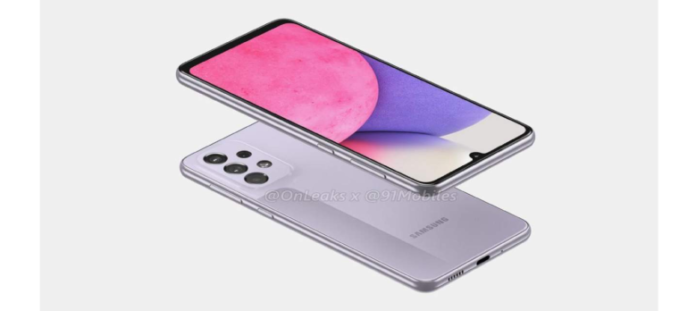The iPhone X, which debuted in 2017, is both lauded and blamed for the demise of the venerable 3.5mm headphone port. To compete with higher-quality wired accessories, audio technology innovators and equipment manufacturers have to step up their game and enhance the status of Bluetooth headphones. As a result, there are now dozens, if not hundreds, of wireless headphones available, spanning a broad variety of costs, quality, and sizes, to the point that Samsung may have decided it’s time to ditch the headphone socket for good at least on the Galaxy A series.
A Worthy Legacy
To be clear, the headphone jack is only being phased out by the smartphone industry. The old port is still supported by almost everything else, including many “smart” speakers. Unfortunately, they don’t have many options if they wish to support older audio equipment, especially if it doesn’t have Bluetooth or even USB alternatives.
The case for smartphones is different since portability and simplicity are valued more than compatibility with older, bulkier technology. Indeed, some people may choose mobility above quality, particularly if the price is appropriate. Likewise, Bluetooth headphones, earphones, and even earbuds have finally caught up to their wired counterparts in terms of quality and functionality. However, there are still significant barriers to mainstream acceptance, particularly in specific countries.
Diet to Save Money
There have been a few arguments put up to explain the headphone jack’s removal. One of the most important is to reduce the phone’s thickness by a few millimetres to provide more room for the inside components, which generally includes a larger battery. The second option is to reduce the phone’s manufacturing costs, which would result in a slight price drop.
When you consider that that phone owners will need to purchase a new pair of wireless headphones, that explanation seems a little hilarious. This is particularly difficult for certain markets, which continue to avoid purchasing new accessories when existing ones perform perfectly well. Unfortunately, that’s also where the Galaxy A33 5G will be released, making the headphone jack’s absence all the more tragic.
Based on renders from 91mobiles and @OnLeaks, this appears to be the case. The phone looks quite similar to the Galaxy A53 5G, which was leaked last week, and both phones, predictably, lack a 3.5mm connector. If this is the case, we may anticipate the Galaxy A73 5G following suit.
Samsung’s Cemetery
These two phones aren’t the first in the Galaxy A series to do away with the headphone port, but they follow a trend. Even the Galaxy M, which is the most affordable model, might be impacted. Next year, it wouldn’t be unexpected if Samsung eliminated the headphone port from most of its phones across the board.
It’s also possible that it won’t end there. There are already hints that Samsung is following through on its previous promises to take out the microSD card slot, and the Galaxy S21 FE might be the first device to do so. There’s no word on whether the Galaxy A53 5G or Galaxy A33 5G will include microSD expansion slots, but if they don’t, it’ll be a double blow to Samsung fans who want a phone that still works with their wired earbuds and memory cards.
Source: 91mobiles



